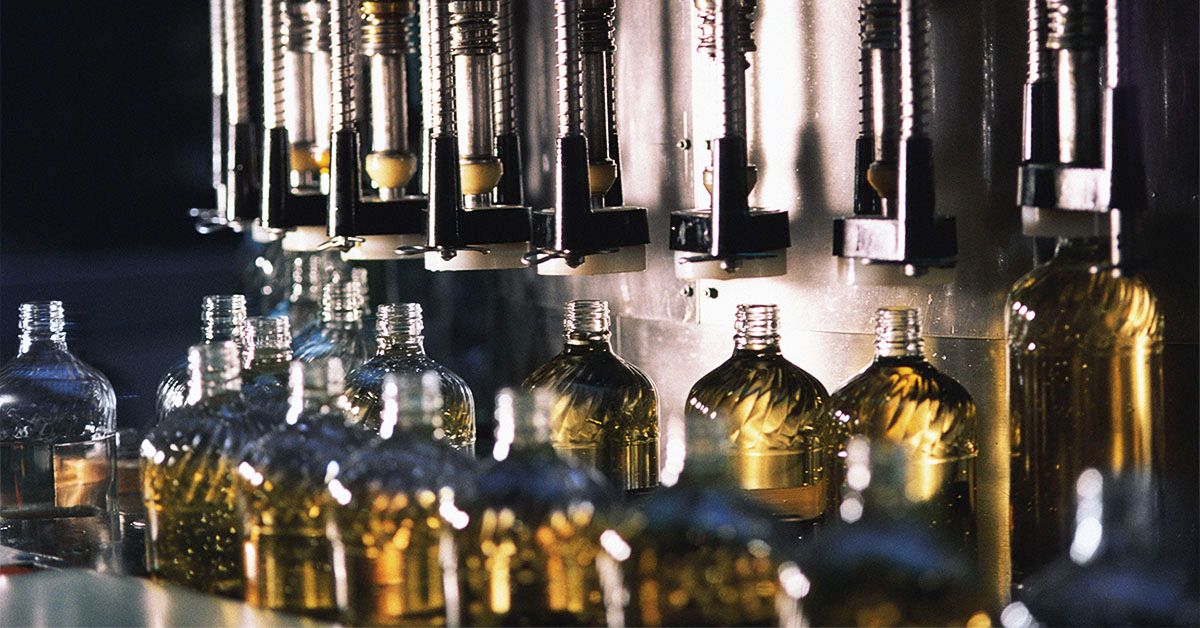Breast cancer is the most common type of cancer in women, affecting approximately 13% of women at some point in their lives. In the United States, while deaths from breast cancer are decreasing, the incidence of the disease is on the rise, especially among younger women. A new study suggests that chemicals from food packaging could be contributing to this increase. The study identified 189 possible mammary carcinogens in food packaging that could potentially increase the risk of breast cancer.
According to the American Cancer Society, the lifetime risk of developing cancer is 41.6% for men and 39.6% for women, with breast cancer being the most common form among women. Although deaths from breast cancer have decreased by 44% since 1989 due to improved treatments and screenings, the incidence of the disease continues to rise each year, particularly among younger women. The reasons for this increase are still unclear, but experts point to factors such as genetics, age, and exposure to carcinogens.
The study by the Food Packaging Forum Foundation identified 189 potential breast carcinogens in common food packaging materials, with 76 of these being able to transfer from the packaging into the food. While this may sound concerning, experts caution that there is no conclusive evidence linking these chemicals to breast cancer. However, it is known that substances in food packaging can migrate into food, and some of these substances have the potential to cause cancer.
Different types of packaging contain varying numbers and types of potential carcinogens, with plastics having the highest count. Plastic food packaging was found to contain the most number of chemicals that could potentially cause cancer, with paper and card following behind. Glass was the only material with no substances likely to cause cancer. It is also important to note that not all of these chemicals can transfer from packaging to food, but a significant percentage has been shown to migrate from various materials.
While there is no solid evidence linking potential carcinogens in food packaging to the rise in breast cancer cases, experts advise taking precautions to reduce exposure to harmful chemicals. Maintaining a healthy weight, limiting alcohol consumption, and staying physically active are all ways to reduce the risk of developing breast cancer, according to the CDC. More awareness and policy changes regarding the regulation of packaging materials are needed to ensure the safety of consumers worldwide.
In conclusion, while the study raises concerns about potential carcinogens in food packaging, further research is needed to determine their impact on breast cancer risk. In the meantime, individuals can take steps to minimize exposure to harmful chemicals by avoiding heating food in plastic packaging, storing food in glass containers, and opting for local produce and fresh fruits and vegetables. Ultimately, maintaining a healthy lifestyle and being mindful of packaging choices can help reduce the risk of developing breast cancer.










